
Starting June 1st, 2023 Our warehouse fee will be $0.65/cubic foot per month
In effort to lower the warehouse storage fee during inflation, we have went narrow aisle racking.This construction took us four months but the project is finally completed. With narrow aisle racking, we are able to drop storage by 24%.We as partners will go through this inflation together.
02/17/2025
Navigating the ever-evolving landscape of global trade regulations can be daunting for logistics providers, importers, and supply chain managers. From environmental compliance to labor laws, staying ahead of these changes is crucial to ensuring smooth operations and avoiding costly penalties. At Worldcraft Logistics, we prioritize compliance and efficiency to help our partners adapt to these regulatory shifts.
Governments worldwide are tightening enforcement on supply chain practices to address concerns related to sustainability, labor rights, and trade revenue. In the U.S., Customs and Border Protection (CBP) has increased its scrutiny on imports, leveraging technology to enhance enforcement. Meanwhile, the European Union (EU) and other regulatory bodies are implementing new frameworks that demand greater transparency from global supply chains.
Let’s explore some of the most significant regulations impacting logistics and international trade today.
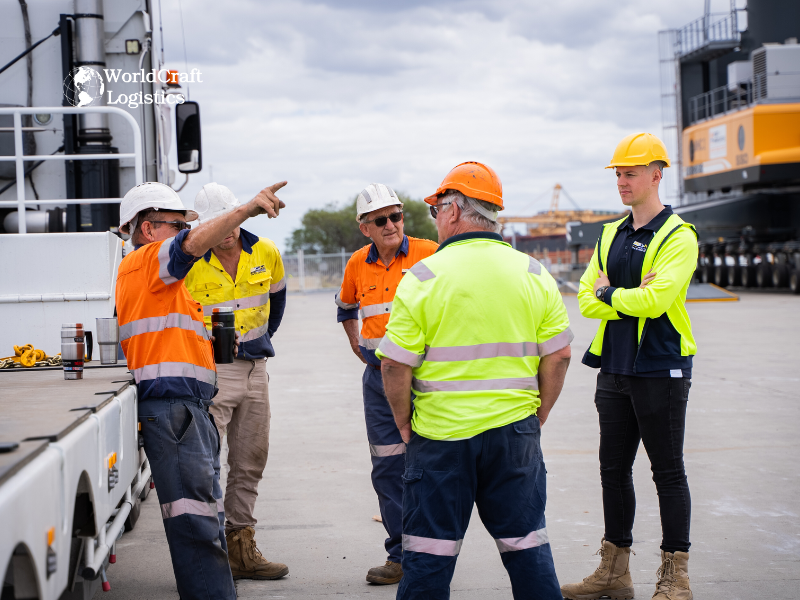
CBAM, an EU initiative, requires companies importing carbon-intensive goods like aluminum to disclose the embedded carbon in their products. Starting January 1, 2025, only the EU’s approved carbon accounting methods will be accepted, making compliance more challenging. Even businesses outside the EU must be aware of CBAM if they are part of supply chains selling into the European market.
This EU directive mandates large companies to assess and mitigate human rights and environmental risks within their supply chains. By 2026, businesses with substantial operations in the EU must comply, ensuring their suppliers adhere to ethical and environmental standards.
EUDR requires importers to prove their products—such as coffee, cocoa, and timber—are sourced without contributing to deforestation. Companies must track their supply chain origins meticulously, as non-compliance could result in severe trade restrictions.
Enforced by U.S. authorities, UFLPA bans imports linked to forced labor, particularly in China’s Xinjiang region. Companies must maintain a digital chain of custody for all materials used in their products. CBP has intensified enforcement, leading to a surge in detentions of non-compliant shipments.
Set to take effect in the coming years, this regulation will prohibit the sale or export of goods produced with forced labor. Businesses trading with or within the EU must prepare for stringent compliance checks.
Launched in 2024, ICS2 aligns EU import processes with global trade standards, requiring detailed data submission for inbound shipments. This regulation aims to enhance border security and streamline customs procedures.
The U.S. government is considering changes to the de minimis exemption, which currently allows duty-free entry for shipments under $800. If revised, stricter reporting requirements and additional tariffs may be imposed, impacting cross-border e-commerce.
Countries like Switzerland are tightening VAT regulations for e-commerce shipments, requiring foreign sellers to register and remit taxes regardless of revenue thresholds. The EU’s Import One-Stop Shop (IOSS) system also continues to evolve, increasing tax compliance obligations for businesses shipping goods into Europe.
The U.S. Food and Drug Administration (FDA) enforces strict labeling and factory registration requirements for imported food products. Failure to comply can result in shipment rejections, costly relabeling, or even destruction of goods.
At Worldcraft Logistics, we specialize in navigating complex global trade regulations. Our expertise in customs compliance, supply chain transparency, and international shipping solutions ensures that our clients remain ahead of these regulatory changes. Whether it's managing documentation for CBAM, ensuring ethical sourcing compliance, or optimizing VAT reporting, we provide tailored logistics solutions to keep your supply chain running smoothly.
Stay compliant. Stay competitive. Partner with Worldcraft Logistics for seamless global trade operations.
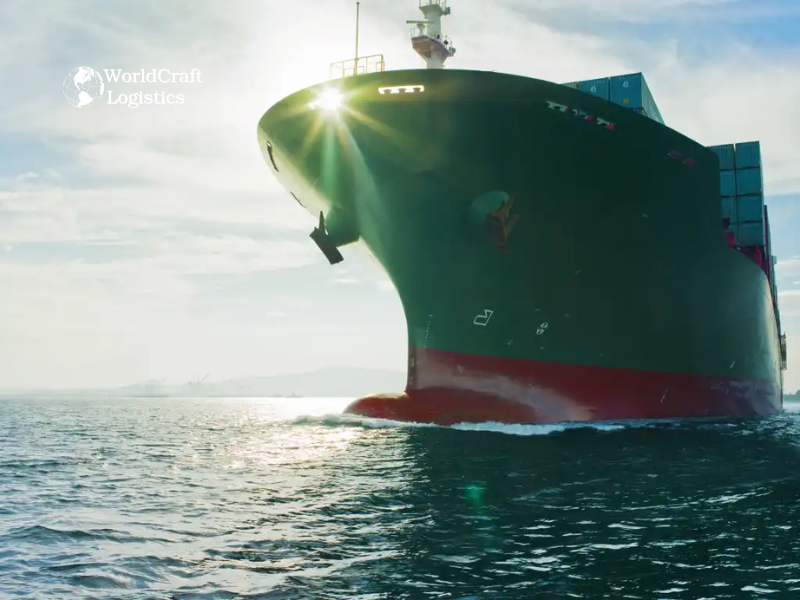
Taking a proactive approach to compliance is always more cost-effective and efficient than correcting mistakes after they occur. Here are several strategies to keep your business compliant and mitigate risks:
☑ Partner with Industry Experts
Collaborate with professionals such as attorneys, brokers, or industry specialists. Their expertise will help you stay ahead of shifting regulations and maintain compliance, according to Nagarajan.
☑ Design with Compliance in Mind
The design phase often accounts for up to 80% of a product's lifecycle costs, risks, and environmental impact, notes Barnett. By incorporating insights from procurement, supply management, and logistics, companies can design with regulatory compliance in mind, ultimately reducing risk and costs.
☑ Establish Clear Compliance Processes
Implementing robust compliance procedures can help address challenges early, preventing them from spiraling out of control.
☑ Focus on Accuracy
Even minor mistakes, like incorrectly listing the country of origin, can lead to significant compliance issues. Properly classifying products under the Harmonized Tariff Schedule (HTS) requires a careful, thorough analysis of the product's details.
☑ Map Out Your Supply Chain
Understanding every step of your supply chain is crucial. This means gathering data about your company’s import activities and partners. Big data tools can be invaluable for this.
☑ Monitor Industry-Wide Initiatives
Keep an eye on industry efforts like Yarn Ethically and Sustainably Sourced (YESS), which unites multiple stakeholders to drive compliance improvements. Initiatives like YESS can reduce costs and boost efficiency, especially for small and mid-sized businesses without large compliance teams.
☑ Leverage Real-Time Analytics
Real-time analytics tools allow companies to stay ahead of regulatory changes, monitor carbon emissions, and streamline compliance processes. These tools enhance agility, allowing businesses to adapt quickly to evolving regulations.
☑ Assess Supplier Compliance During Vetting
Incorporate compliance obligations into your supplier evaluation process, says Ashley Hetrick of BDO. Addressing this before the purchase decision gives buyers more leverage to ensure suppliers meet reporting and data-sharing standards.
Staying compliant in today’s complex regulatory environment requires significant effort, but it also offers a strategic advantage. Companies focused on transparency, sustainability, and agility will be better equipped to handle changes, minimize risks, and build consumer trust, says Layfield.
With rising tariffs on the horizon, supply chain leaders must take steps to minimize their financial impact. Here’s how to stay ahead of tariff changes:
☑ Verify Your HTS Codes
Many proposed tariff hikes are assigned to specific HTS codes. Damon Pike from BDO advises companies to double-check they’re using the correct 10-digit codes, as errors can lead to costly consequences.
☑ Confirm the Country of Origin
Tariffs often target imports from specific countries, like China. Accurately determining the "true" country of origin is crucial to avoid tariffs. Under the "substantial transformation" test, products may be taxed based on their origin, even if they undergo final assembly elsewhere.
☑ Adjust Your Strategy if Necessary
If relocating production from China isn’t feasible, try traditional supply chain tactics to minimize tariff impact, such as reducing inventory or rationalizing product SKUs.
☑ Consult Your Customs Bond Broker
As tariffs increase, so will the limits on customs bonds. Dan Swartz from Crowe LLP advises companies to consult their bond brokers to identify strategies that can help mitigate the impact of higher tariffs.
By Bryn Heimbeck, President and Co-Founder, Trade Tech
The European Union’s new Import Control System 2 (ICS2-ENS) aligns with global trade regulations, providing enhanced accuracy, visibility, and operational efficiency across the supply chain.
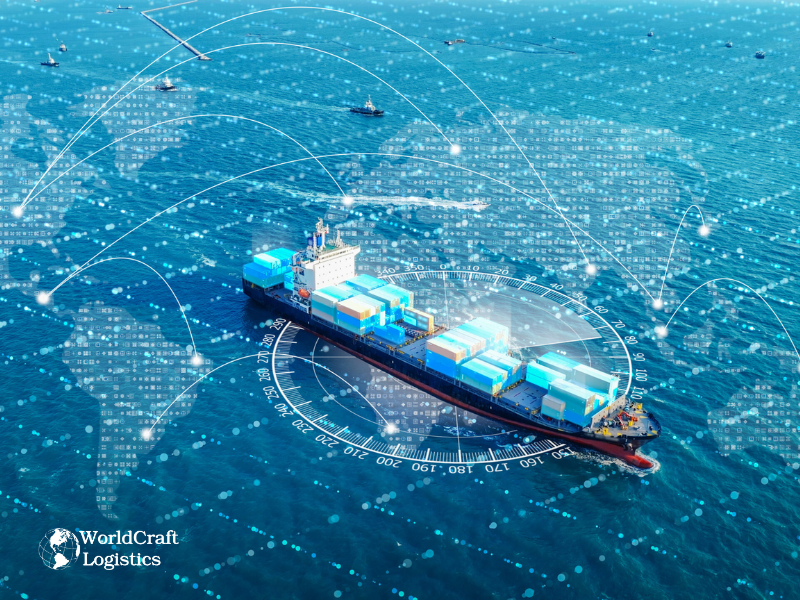
Why ICS2-ENS Matters
ICS2-ENS requires submission of all Bill of Lading information to EU Customs 24 hours before cargo is loaded, improving tracking, decision-making, and supply chain performance. This proactive system reduces delays and enhances efficiency.
The Consequences of Ignoring ICS2-ENS
Failing to comply with ICS2-ENS can lead to hefty fines and potential disruptions. The system’s strict data accuracy standards emphasize the importance of compliance for maintaining smooth supply chain operations.
Data Accuracy: The Foundation of Compliance
While visibility is essential, accuracy is critical. Incorrect data could result in fines up to $5,000 per shipment, making accurate information a non-negotiable aspect of compliance.
Standardization Across the Supply Chain
ICS2-ENS mandates standardized data submission, ensuring consistency and reducing errors across all participants in the supply chain. This system simplifies compliance and improves operational efficiency.
Optimizing Customs Clearance
ICS2-ENS also enhances customs clearance by enabling pre-arrival processing and better port congestion management. Real-time data transfers to brokers help streamline the process, minimizing delays.
The Future of Automated Customs Clearance
With advancements in technology, automated customs clearance is becoming a reality. By pre-classifying products and utilizing digital tools, customs processes can be streamlined, reducing manual intervention and accelerating global trade.
ICS2-ENS is setting new standards for trade compliance, improving data accuracy, and offering operational advantages for companies across the globe. Implementing strong compliance measures and leveraging the latest technology will help businesses thrive in this evolving landscape.
SEO
Digital Marketing/SEO Specialist
Simon Mang is an SEO and Digital Marketing expert at Wordcraft Logistics. With many years of experience in the field of digital marketing, he has shaped and built strategies to effectively promote Wordcraft Logistics' online presence. With a deep understanding of the logistics industry, I have shared more than 500 specialized articles on many different topics.
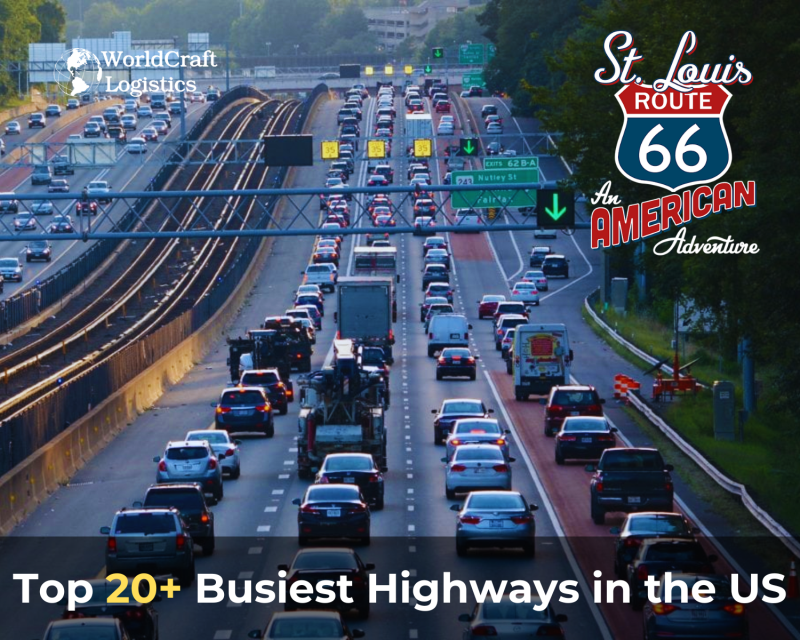
Hot News
08/05/2024
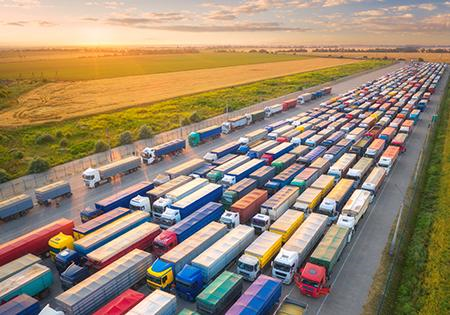
Hot News
02/23/2023
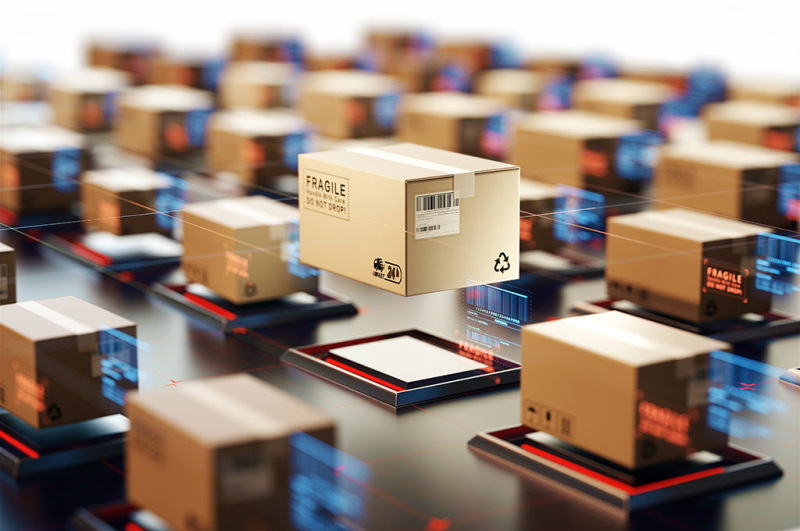
Hot News
02/23/2023
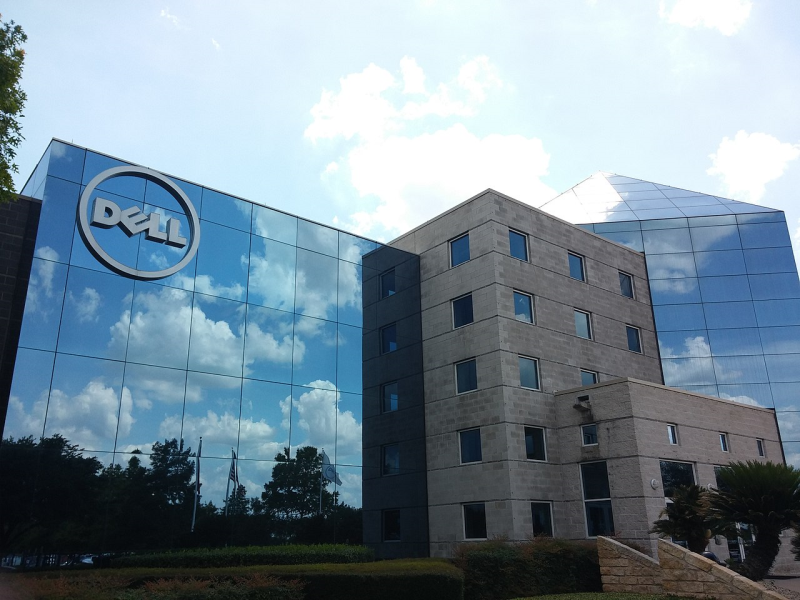
Hot News
02/06/2023
Hot News
02/07/2023